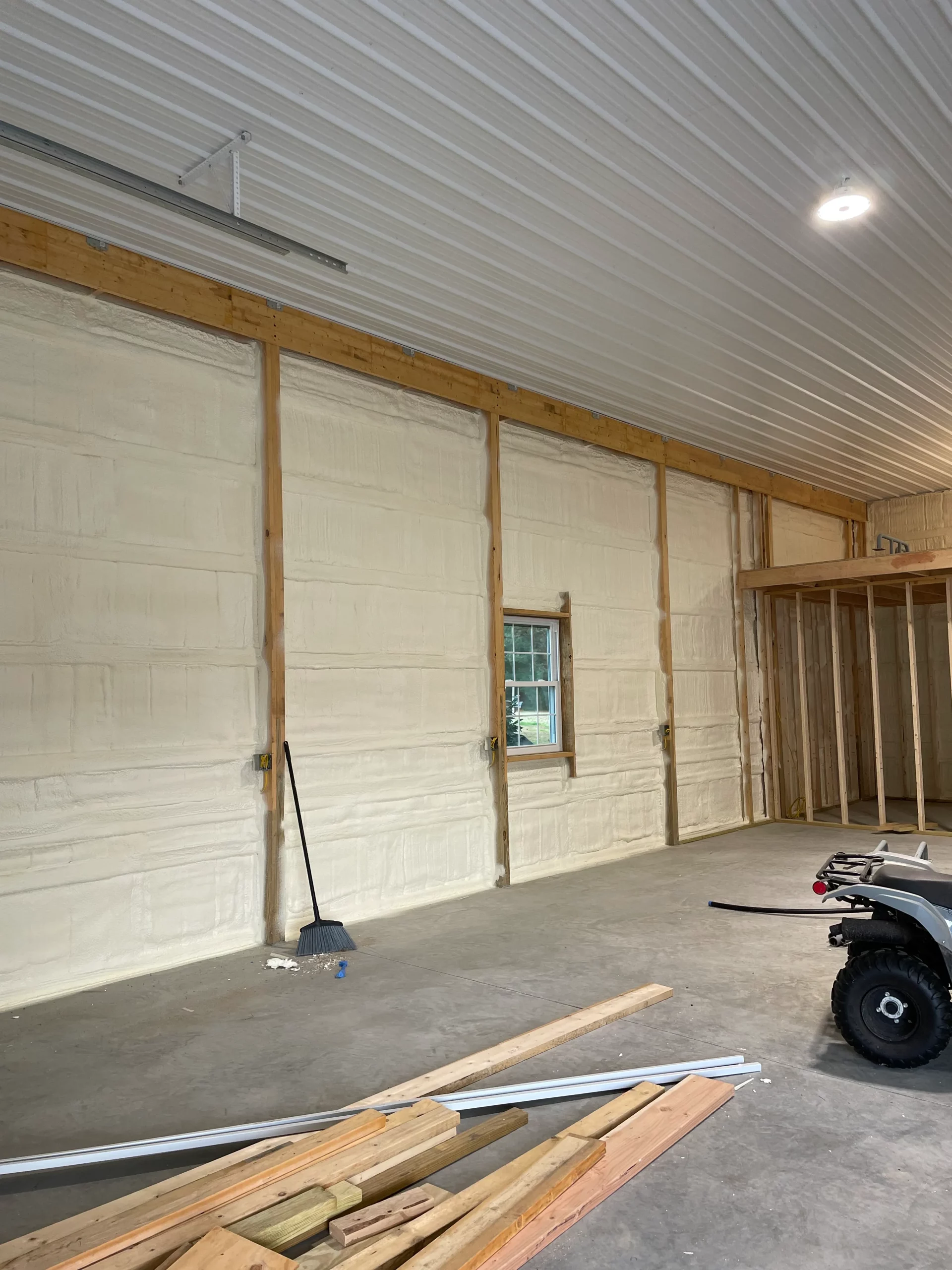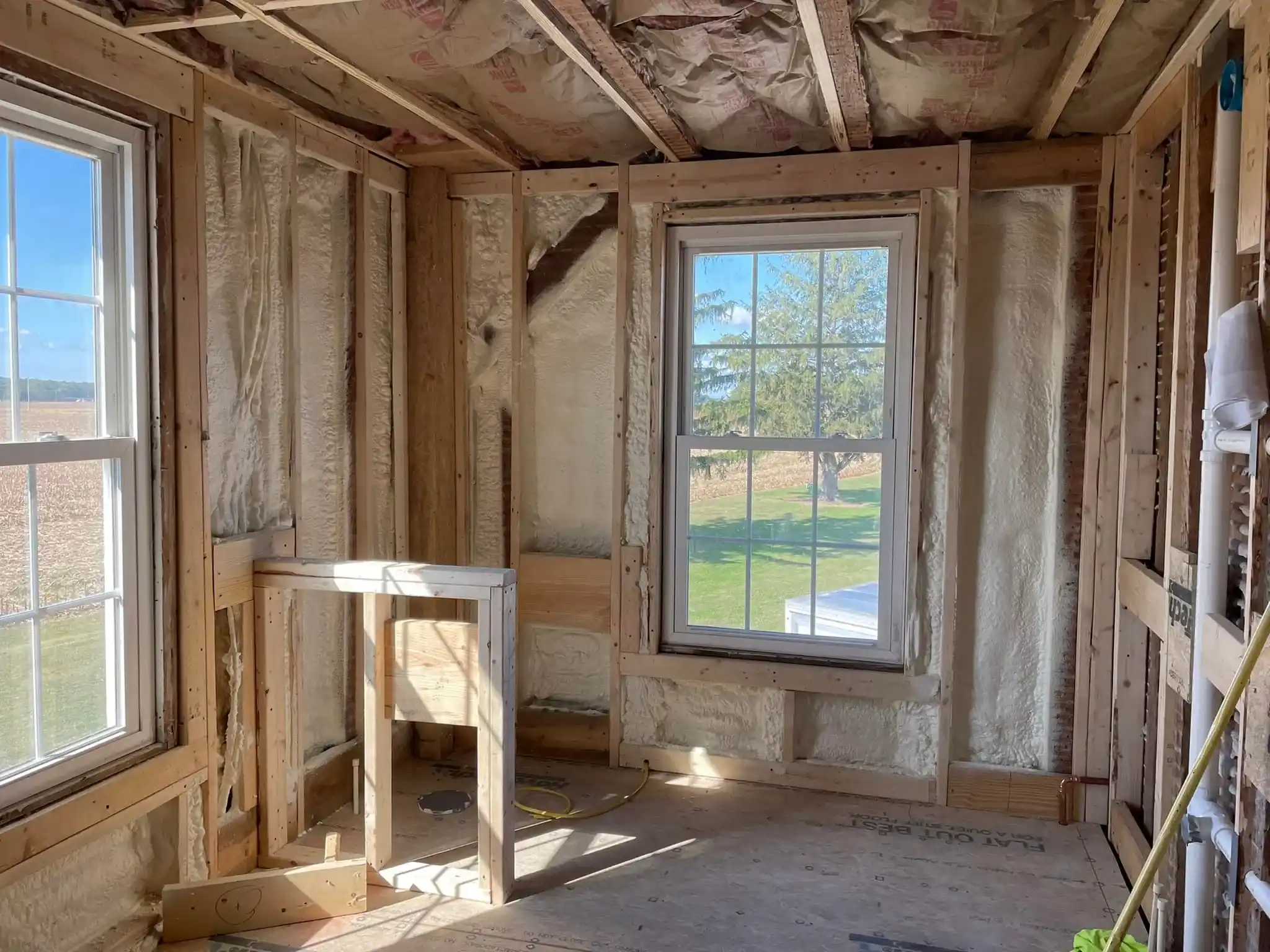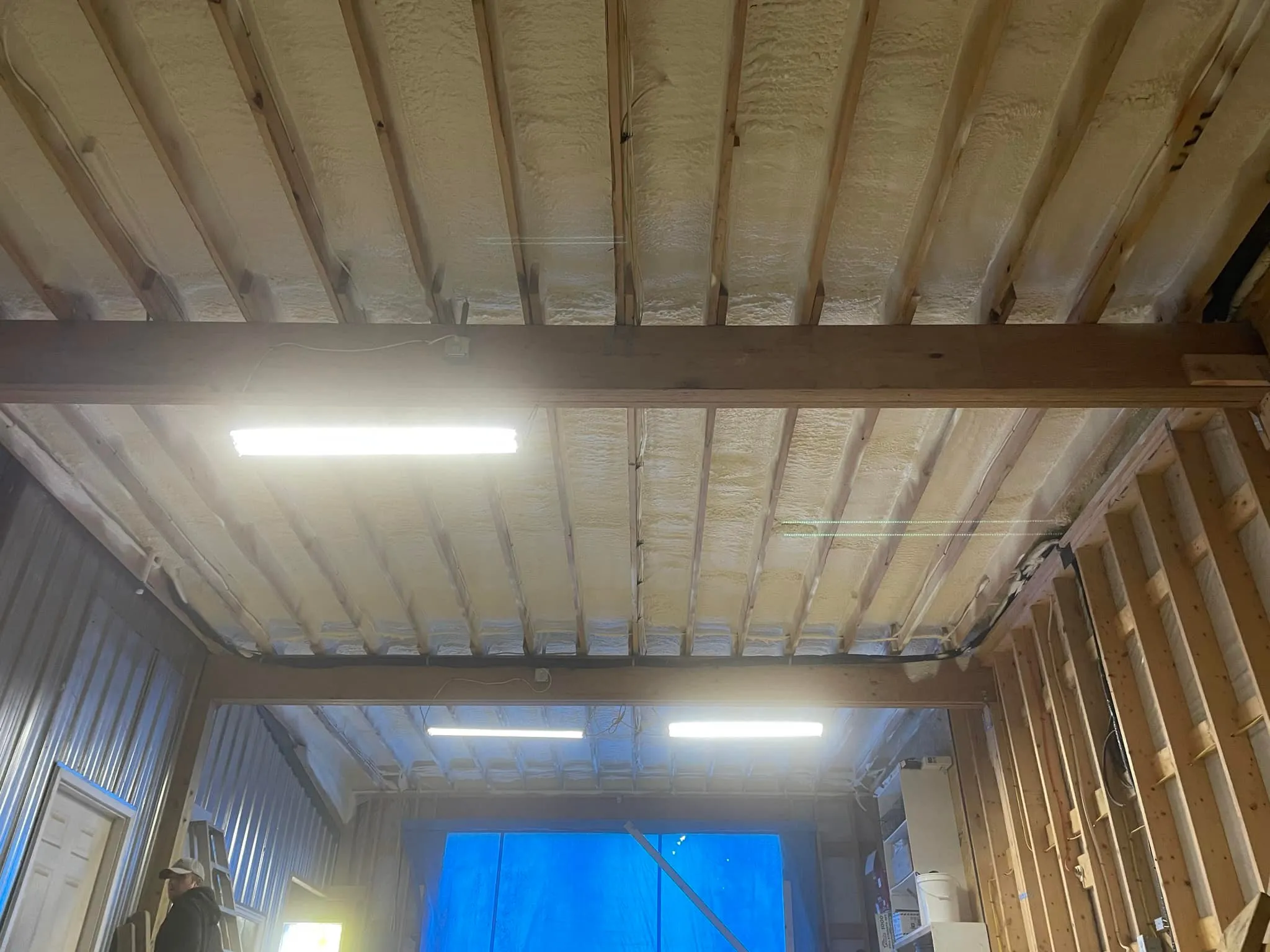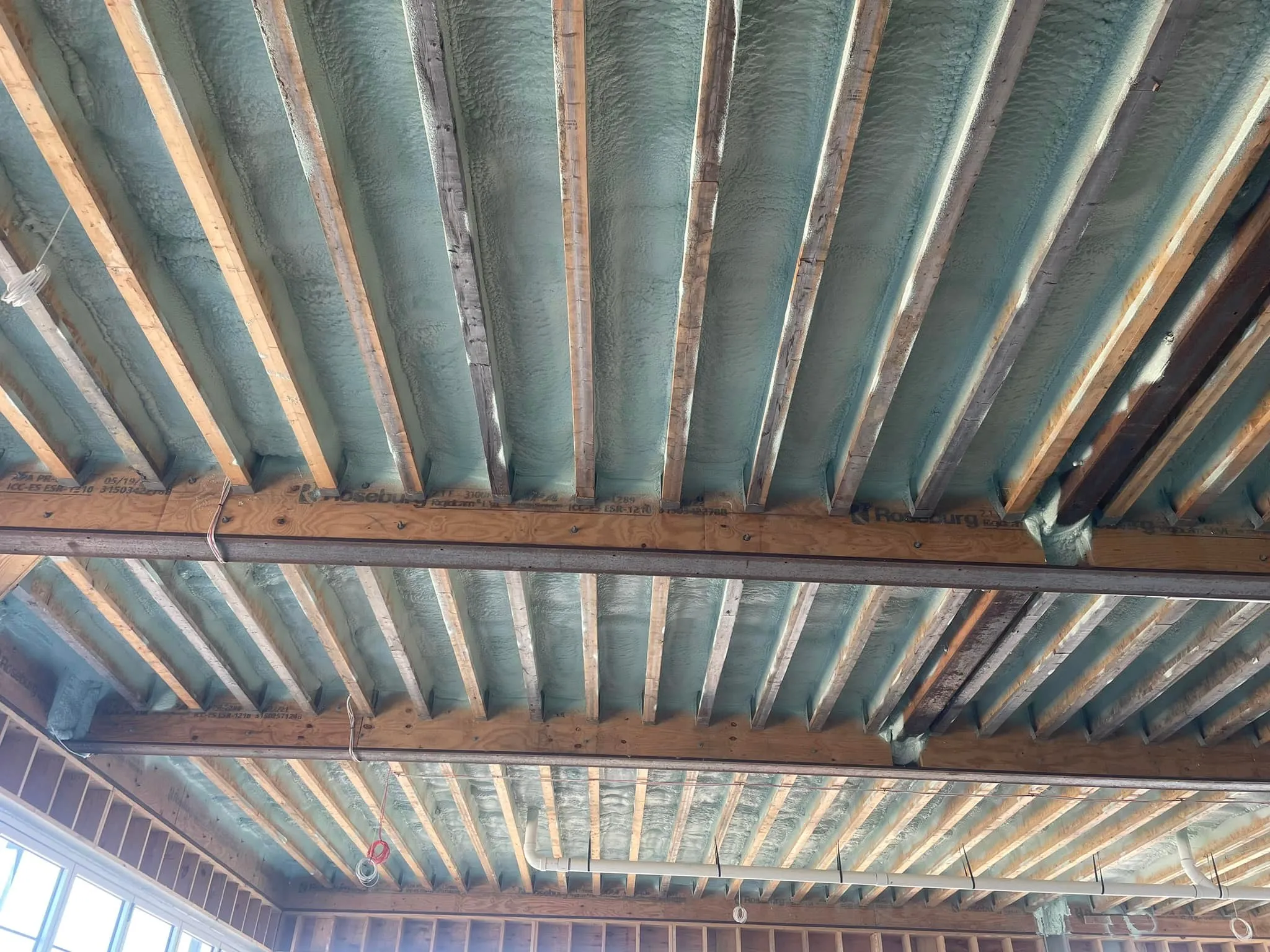

Spray foam insulation performs effectively in both hot and cold extremes when applied and selected correctly. Closed cell spray foam, in particular, resists moisture infiltration, maintains structural integrity, and insulates with a higher R-value per inch than most alternatives. In freezing temperatures or intense heat, properly installed spray foam maintains consistent thermal performance.
Peninsula Insulation, LLC draws on extensive field experience in mid-Atlantic seasonal shifts and agricultural applications to confirm spray foam’s reliability across variable climates. Recent closed-cell spray foam services updates highlight how modern formulations and techniques ensure consistent performance, even under extreme temperature variations. This article explains material behavior under thermal stress, compares application types, and offers practical data to guide informed decisions.
Spray foam insulation adapts well to temperature shifts, but material selection matters. Open cell and closed cell types respond differently to thermal load, moisture, and air movement.
| Foam Type | Effective Temperature Range | R-Value per Inch | Moisture Resistance | Expansion Rate | Air Seal Quality |
|---|---|---|---|---|---|
| Open Cell | -20°F to 180°F | 3.5 – 3.8 | Low | High | Moderate |
| Closed Cell | -40°F to 200°F | 6.5 – 7.0 | High | Low | High |
Apply closed cell spray foam in coastal or humid climates to prevent condensation inside wall cavities. This reduces the risk of wood rot or mold growth during seasonal transitions.
Cold conditions increase curing time, which may reduce bond strength if surfaces aren’t warmed prior. Summer heat can accelerate expansion but must be managed to avoid off-ratio foam or surface charring.
| Environmental Condition | Key Performance Concern | Solution |
|---|---|---|
| Sub-zero temperatures | Incomplete cure or shrinkage | Use winter-specific closed cell formulas |
| High humidity | Blistering or adhesion failure | Apply air sealing pre-treatment before insulation |
| Extreme heat | Over-expansion or softening | Apply in controlled layers with thermal breaks |
Spray foam is compatible with Maryland’s varied seasons. Summer highs above 90°F and winter lows below 20°F demand insulation that doesn’t degrade or sag. Closed cell options maintain a continuous thermal envelope across these extremes.
Data from the U.S. Department of Energy shows buildings with spray foam reduce energy loss by up to 50% in variable climates (DOE 2023 Building Envelope Study).
Field application must align with manufacturer specs. Temperature and humidity must be monitored during installation. Technicians should check substrate moisture content and surface temperature, especially in winter builds or coastal jobs.
In agricultural structures, prioritize closed cell foam along roofs and metal joints where temperature swings are most extreme.

Recently, Peninsula Insulation announced the expansion of its insulation services across new regional markets, strengthening its ability to deliver advanced spray foam solutions and energy-efficient systems to a wider customer base.
Closed cell spray foam performs well in Maryland’s fluctuating conditions and in similar climate zones. Material density, moisture resistance, and high R-value per inch make it reliable where temperature and humidity vary seasonally. Proper installation and material match are critical for long-term value.
For property owners in Maryland facing moisture shifts, sub-zero nights, or hot attic air, Peninsula Insulation, LLC applies spray foam systems proven to hold up under stress. Contact wil@mdsprayfoam.net or call (410) 770-2624 for region-specific guidance based on real field experience.
Spray foam creates an air seal and maintains R-value in sub-zero temperatures. Fiberglass allows convective heat loss unless densely packed and perfectly enclosed.
Closed cell foam is stable up to 200°F and resists thermal drift. Proper application with ignition barriers ensures long-term durability.
Yes, with cold-weather chemical blends and pre-heating of substrates. Application teams must use thermal monitoring tools.
Surface moisture causes adhesion failure. Structures must be dried and sealed before spray foam installation.
Cracking often indicates improper mixing or substrate movement. Use closed cell foam rated for structural rigidity to avoid expansion-related stress.
Use infrared scanning or blower door tests to check for thermal leaks and seal breakdown every few years.
Yes, if exposed. Foam used on exterior walls or unvented roofs must be covered with UV-rated coatings or wraps.
Closed cell foam resists most pest intrusion. Any visible holes or tunnels should be inspected immediately.


